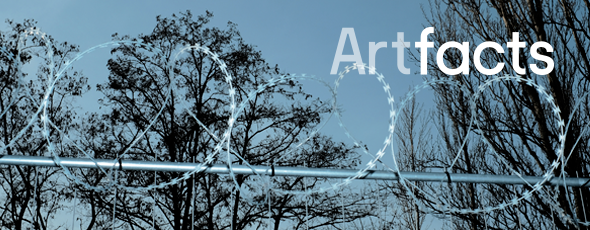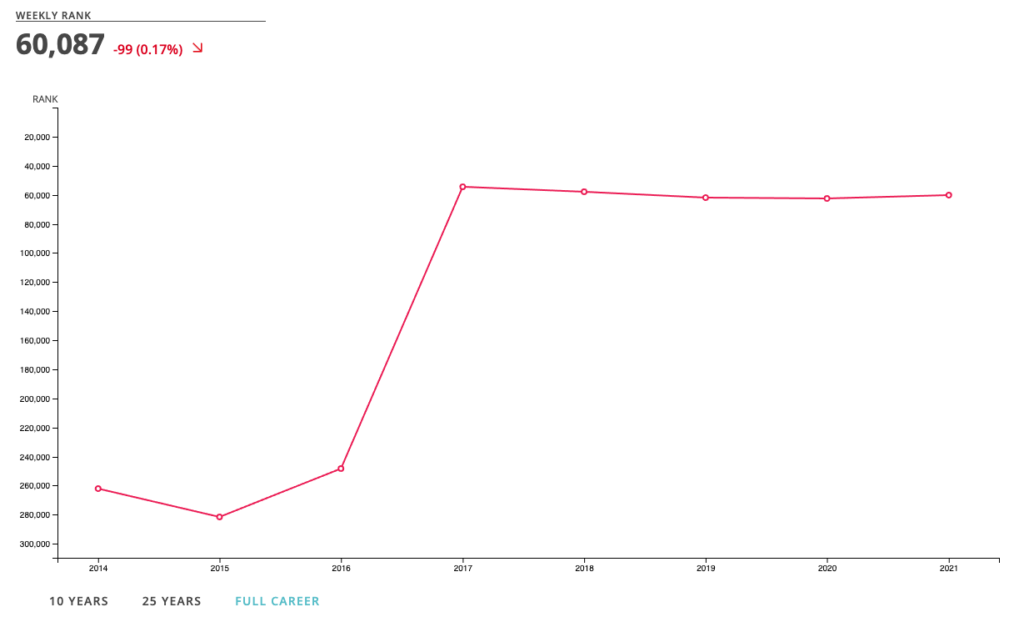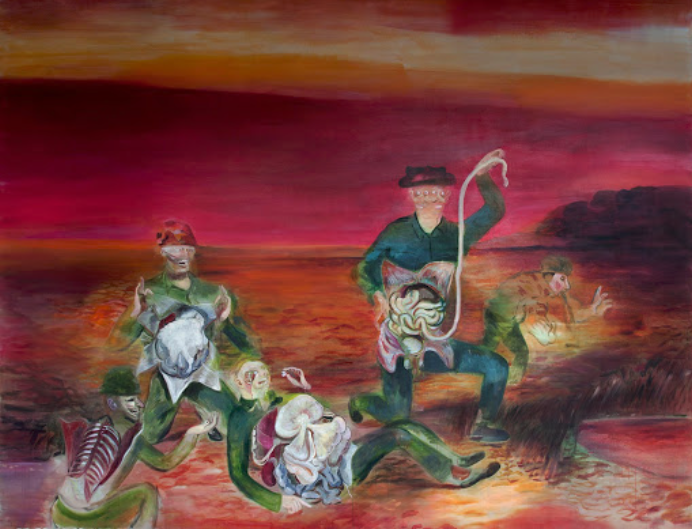
Three artists from Myanmar
Myanmar

In a country that has an appalling human rights history, been under military rule for the better part of the last 60 years, holds the record for the world’s longest ongoing civil war, and has conducted grave abuse towards ethnic and religious minorities, including what is widely considered as ‘ethnic cleansing’, and is now once more under the aggressive control of the military – we couldn’t help but wonder what the effects of such continuous turmoil have had on the state of art there.
From 1962 onwards artists were subjected to a censorship board; where abstract forms, nudity and even excessive use of certain colours were banned additionally, freedom of speech, and of press were not ensured. This censorship was abolished in just 2012.
In our database, and in the wider web, although there are many galleries (most having opened since the ban was lifted), we could not find a single listing of a contemporary or modern art museum.
All of these restrictions, in addition to internet and mobile phones coming late to the vast majority of the population, resulted in relatively low international exposure or recognition of artists from the region. Since the end of censorship however, works that were previously kept hidden behind closed doors, are finally seen by public eyes, and art, along with a free approach to it, is flourishing in the country.
We have three Artists we’d like to share with you, that are part of this history.
Bagyi Aung Soe
(1923-1990)
Ranked 11 in Myanmar, and 60,087 Globally

“My version of ‘new tradition’ is not confined within an area; it has no boundaries. It encompasses not only the traditions unique to a culture, but is derived from any tradition in the world.”
Aung Soe is considered a pioneer of Modern art in Myanmar, having had the rare opportunity in the 1950’s to be influenced by arts outside of Myanmar (then Burma) when he was awarded the Indian government scholarship to study under the writer, poet, philosopher and painter, and first non-european to win the Nobel Prize in Literature, Rabindranath Tagore, for one year in Bengal, which had a tremendous influence on him.

He was also influenced by trips to Peshawar, Afghanistan and Moscow and subsequently wrote From Tradition to Modern, one of only three books on modern art permitted to be published until 1988.
He often worked with felt-tip pens and paper, which were largely seen as having less worth than paintings. His moving modern works were unfortunately not welcomed, traditionalists labelling them as ‘seik-ta-za-pangyi,’ (psychotic) and he did not get to experience true success or deserved recognition of his art until after his death.
Currently, an exhibition of his works is running at the Centre Pompidou, until May 3. This is only the second solo show ever given to a Southeast Asian artist at the institution.
Sawangwongse Yawnghwe
(1971)
Ranked 1 in Myanmar and 7,375 Globally
Lives and works in Amsterdam, Berlin and Chiang Mai.

“Painting at this moment, I claim, is the most radical action one can embark upon. I see painting as the new language imposed on me as a result of my exile.”
Yawnghwe is the grandson of Sao Shwe Thaik, who was the country’s first President (1948–1962) after it gained independence from Britain, until the 1962 Military Coup that led to his arrest and subsequent death in Prison, forcing Yawghwe’s family into exile.
Perhaps not surprisingly, the personal and the political are seamlessly intertwined in his poignant works, that explore everything from the history that forced his family to leave their homeland, to the conflicts and atrocities raging in the land still today.

Many of his paintings are vivid renderings of pivotal moments in the country’s history, an upside of his exile, is the freedom of expression he has been afforded. It is the true stories woven into his works, which give them such an affecting weight. The 2nd of March 1962, Rangoon, Burma 2016, is one such example, another, with a very Bacon-esque approach Four Figures at the Base of a Mountain 2019, is particularly moving.
Yadanar Win
(1990)
Ranked 221,601 Globally
Based in Myanmar.

Win has had a number of international residencies and exhibitions and represents the new generation of Artists in Myanmar, liberated to speak freely, to be influenced by international art movements and to explore broader artforms than their successors, in Win’s case – performance art, video and installation in particular.
Her work is driven passionately with political statements. One such piece is Words Matter (‘13,’18,’19) based on statements she collected on locals’ opinions on the state of Myanmar.

It is so important to hear the generations of voices we were not formally privy to, we need their stories, and their work, added to our collective history.
Seeing the suffering of a past generation, exiled, in the works from Yawnghwe, to the skill that was never able to be recognised for it’s worth in Aung Soe, to the fire of the new generation of artists liberated, in Win, has us desperately hoping that history will not go backwards, and that this nation and the artists within it, who have already lived through so much, will finally be free.
Let’s make history happen.
The Artfacts Team
